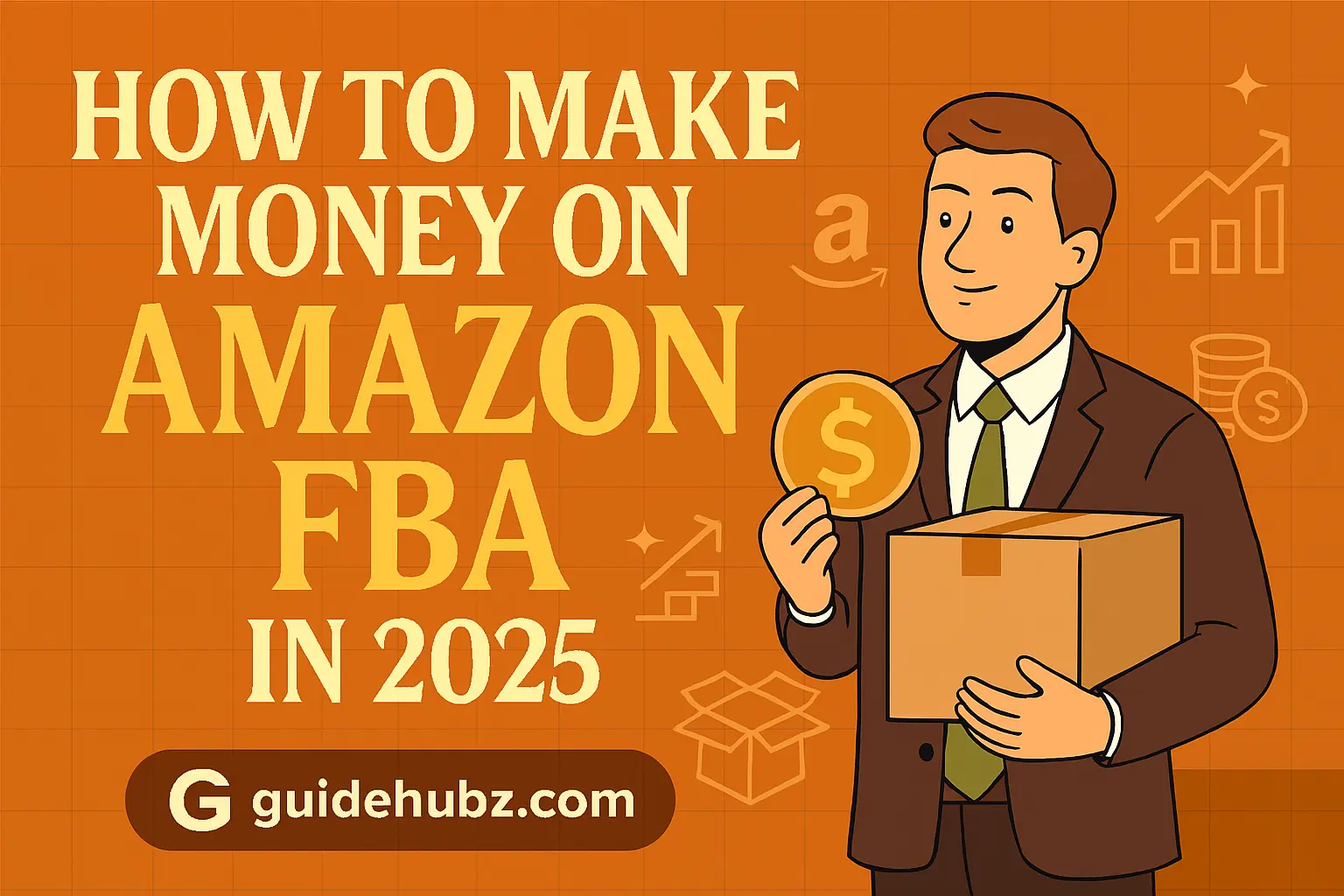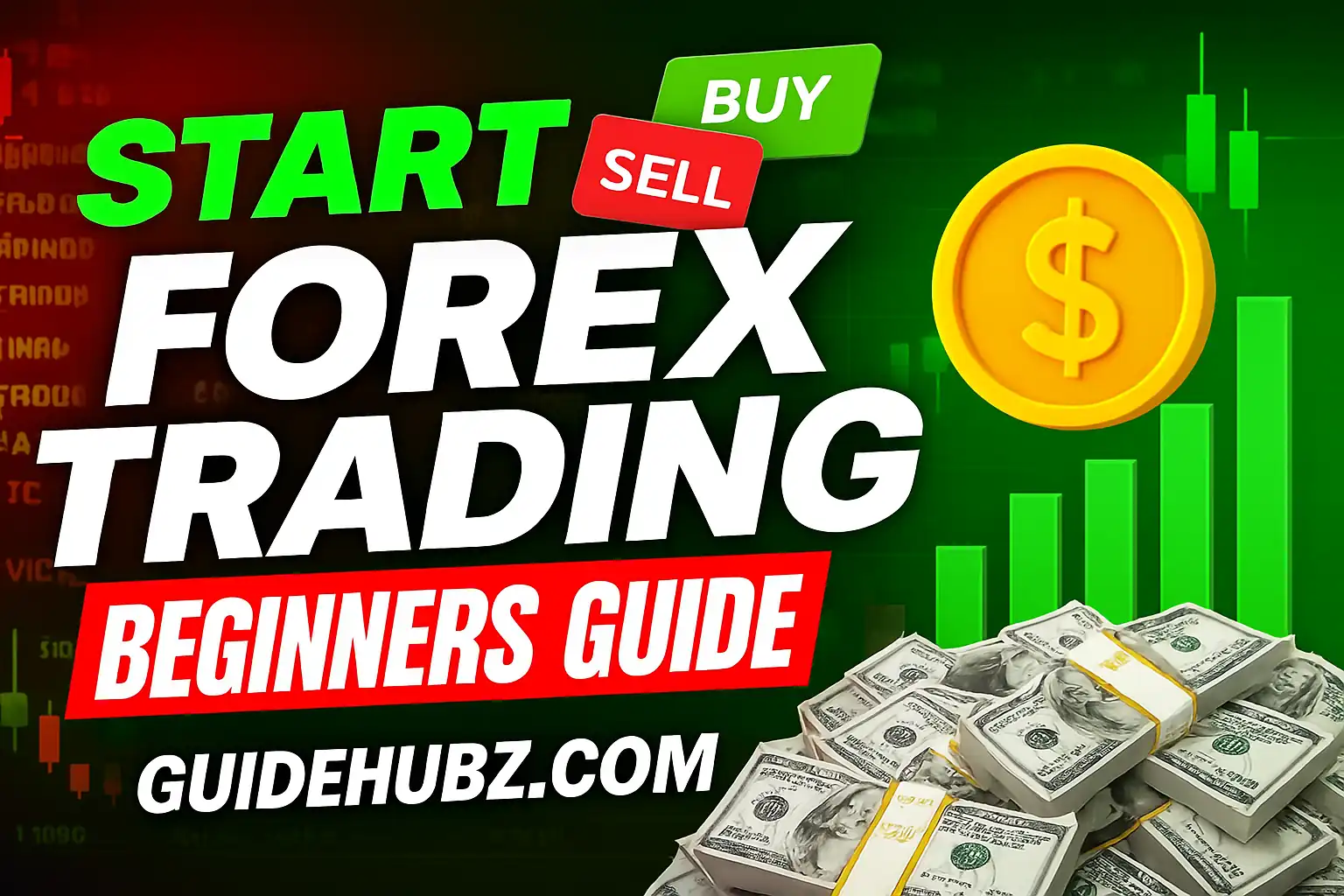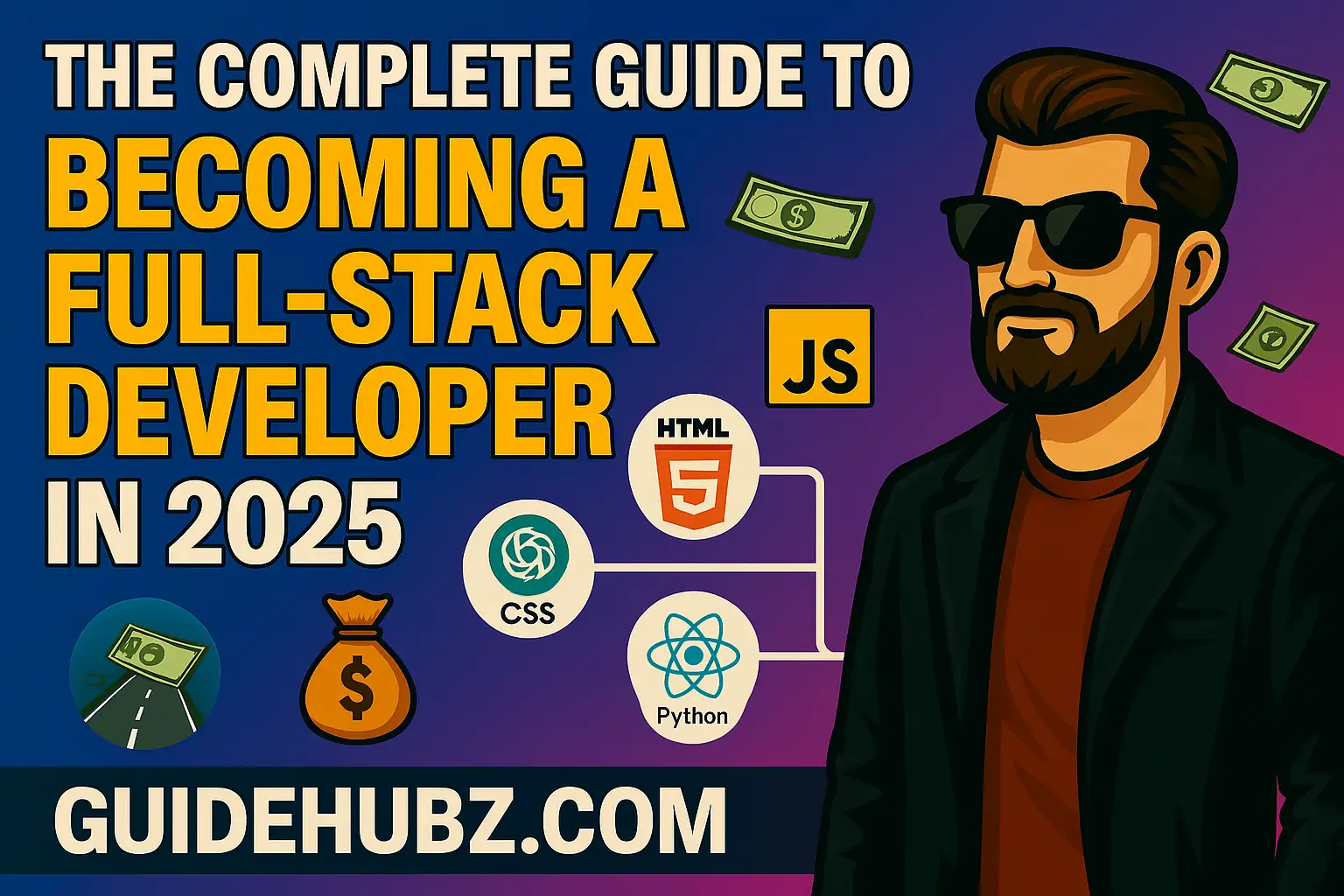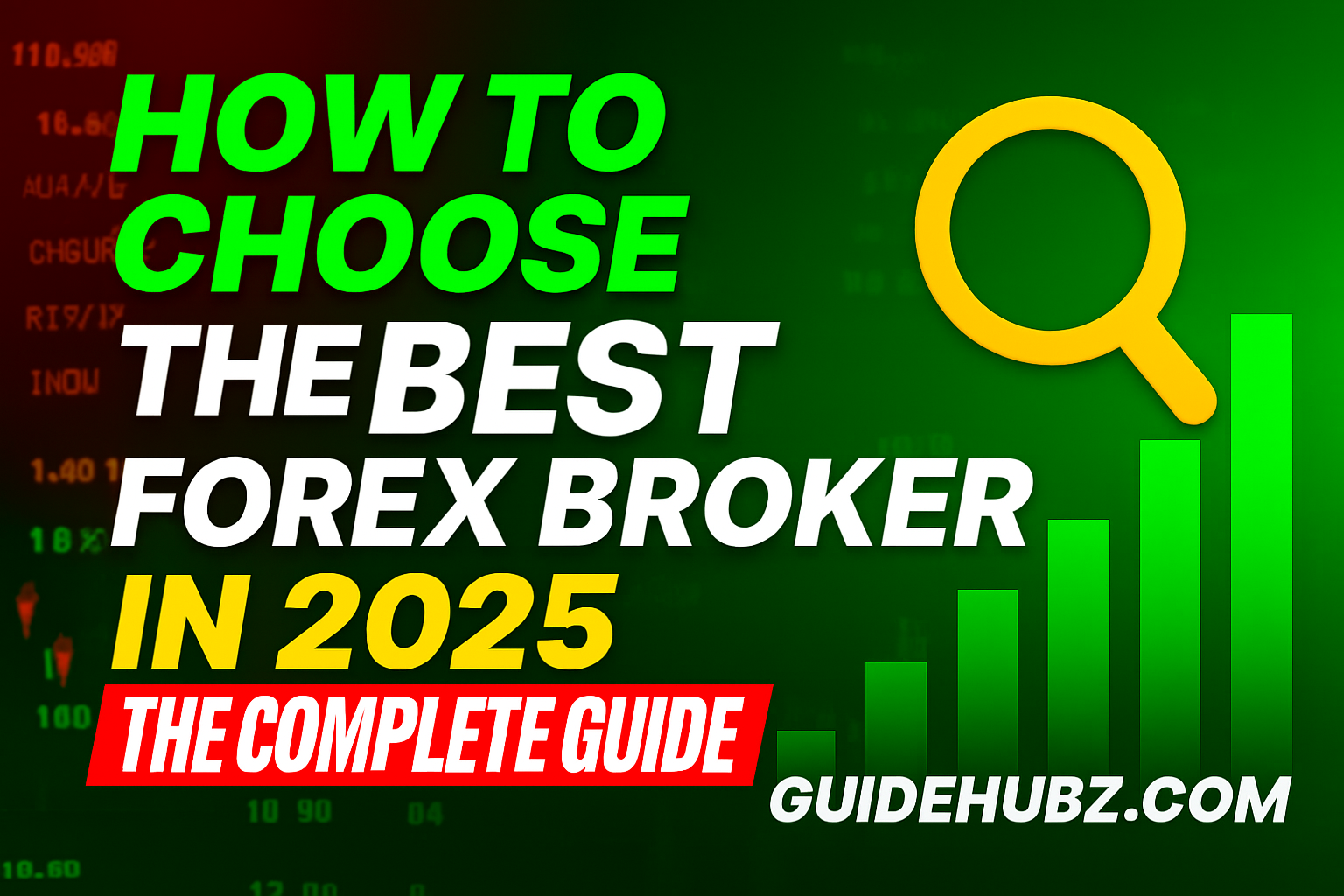Amazon FBA (Fulfillment by Amazon) remains one of the most profitable ecommerce business models in 2025, but the strategies for success have evolved dramatically. This comprehensive guide reveals exactly how to start and scale a profitable Amazon FBA business using the latest tools and techniques.
2025 Reality: Top Amazon sellers are using AI-powered product research and hybrid fulfillment models to achieve 35-50% profit margins, while beginners who follow outdated advice struggle to break even.
Why Amazon FBA Still Works in 2025
Despite increased competition, Amazon FBA offers unique advantages that make it worth starting in 2025:
Amazon FBA by the Numbers (2025)
- 63% of Amazon sales come from FBA sellers
- Average profit margin: 22-38% (after all fees)
- Top 1% of sellers generate $1M+/month
- 87% of successful sellers use AI tools
Key Advantages of Amazon FBA
- Prime Eligibility: Products qualify for Amazon Prime's fast shipping
- Hands-Off Fulfillment: Amazon handles storage, packing, and shipping
- Massive Customer Base: Access to 300M+ Amazon shoppers
- Lower Startup Costs: Compared to traditional retail businesses
- Global Reach: Easily expand to international markets
5 Profitable Amazon FBA Business Models for 2025
Choose the right model based on your budget, skills, and goals:
1. Private Label (Most Profitable)
Find existing products, improve them, and sell under your own brand. Example: "Organic Bamboo Toothbrushes with Travel Case"
2. Wholesale (Lowest Risk)
Buy brand-name products at wholesale prices and resell on Amazon. Example: "LEGO sets bought from authorized distributors"
3. Online Arbitrage (Easiest to Start)
Find discounted products on retail websites and resell on Amazon. Example: "Nike shoes bought on clearance from Kohl's"
4. Handmade (Highest Margins)
Sell unique handmade or customized products. Example: "Personalized Leather Journals"
5. Dropshipping (Lowest Investment)
List products without inventory - suppliers ship directly to Amazon. Example: "Niche kitchen gadgets from AliExpress"
Step-by-Step Guide to Start Amazon FBA in 2025
1. Product Research (3-7 days)
- Use AI tools like Jungle Scout or Helium 10 to find profitable products
- Look for: $20-$70 price point, 300+ monthly sales, low competition
- Check trends on Google Trends and TikTok
- Verify profit margins after all fees (use FBA calculator)
2. Supplier Sourcing (5-10 days)
- Find manufacturers on Alibaba (filter for "Trade Assurance" suppliers)
- Request samples from 3-5 suppliers
- Negotiate MOQ (minimum order quantity) and pricing
- Consider hybrid sourcing (China + local warehouses)
3. Branding & Listing Optimization (3-5 days)
- Create memorable brand name and logo (use Looka or Canva)
- Write conversion-optimized listing (use ChatGPT for SEO)
- Hire professional photographer for main images ($200-$500)
- Create A+ Content and brand story
4. Initial Launch & Marketing (First 30 days)
- Start with small inventory test (100-300 units)
- Run Amazon PPC campaigns (start with auto then switch to manual)
- Leverage Amazon Vine for reviews
- Drive external traffic via TikTok/Instagram
5. Scaling (Month 2+)
- Replenish inventory based on sales velocity
- Expand to complementary products
- Optimize PPC campaigns based on ACOS
- Apply for Amazon Brand Registry
- Explore international marketplaces
Amazon FBA Costs in 2025 (Detailed Breakdown)
| Cost Type | Private Label | Wholesale | Dropshipping |
|---|---|---|---|
| Product Cost | $1,500-$5,000 | $1,000-$3,000 | $0-$200 |
| Shipping | $500-$2,000 | $200-$800 | $0 (supplier pays) |
| Amazon Fees | $300-$1,000 | $300-$800 | $200-$500 |
| Marketing | $500-$2,000 | $300-$1,000 | $200-$800 |
| Total Estimated | $2,800-$10,000 | $1,800-$5,600 | $400-$1,500 |
7 Advanced Amazon FBA Strategies for 2025
These tactics separate top sellers from average performers:
1. AI-Optimized Listings
Use tools like ChatGPT and Helium 10 to create listings that convert 30-50% better than manual ones. Focus on:
- Keyword-rich titles (200+ characters)
- Bullet points that address objections
- Enhanced brand content with comparison charts
2. Hybrid Fulfillment
Combine FBA with 3PL (third-party logistics) to:
- Reduce storage fees by 40-60%
- Maintain Prime eligibility while diversifying fulfillment
- Keep bestsellers in FBA and slow movers in 3PL
3. TikTok-Amazon Integration
Leverage TikTok's shopping features to:
- Tag Amazon products in viral videos
- Drive external traffic (improves organic ranking)
- Build brand awareness beyond Amazon
Case Study: Jason launched a private label resistance band set in Q1 2025. Using TikTok marketing and AI-optimized listings, he reached $47,000 in monthly sales by month 3 with 38% profit margins.
Common Amazon FBA Mistakes to Avoid
These pitfalls have sunk many 2025 FBA businesses:
- Choosing saturated products (use AI tools to verify competition)
- Underestimating costs (account for storage fees, returns, PPC)
- Poor inventory management (use tools like InventoryLab)
- Ignoring brand building (register your trademark early)
- Neglecting customer service (respond to messages within 24 hours)




